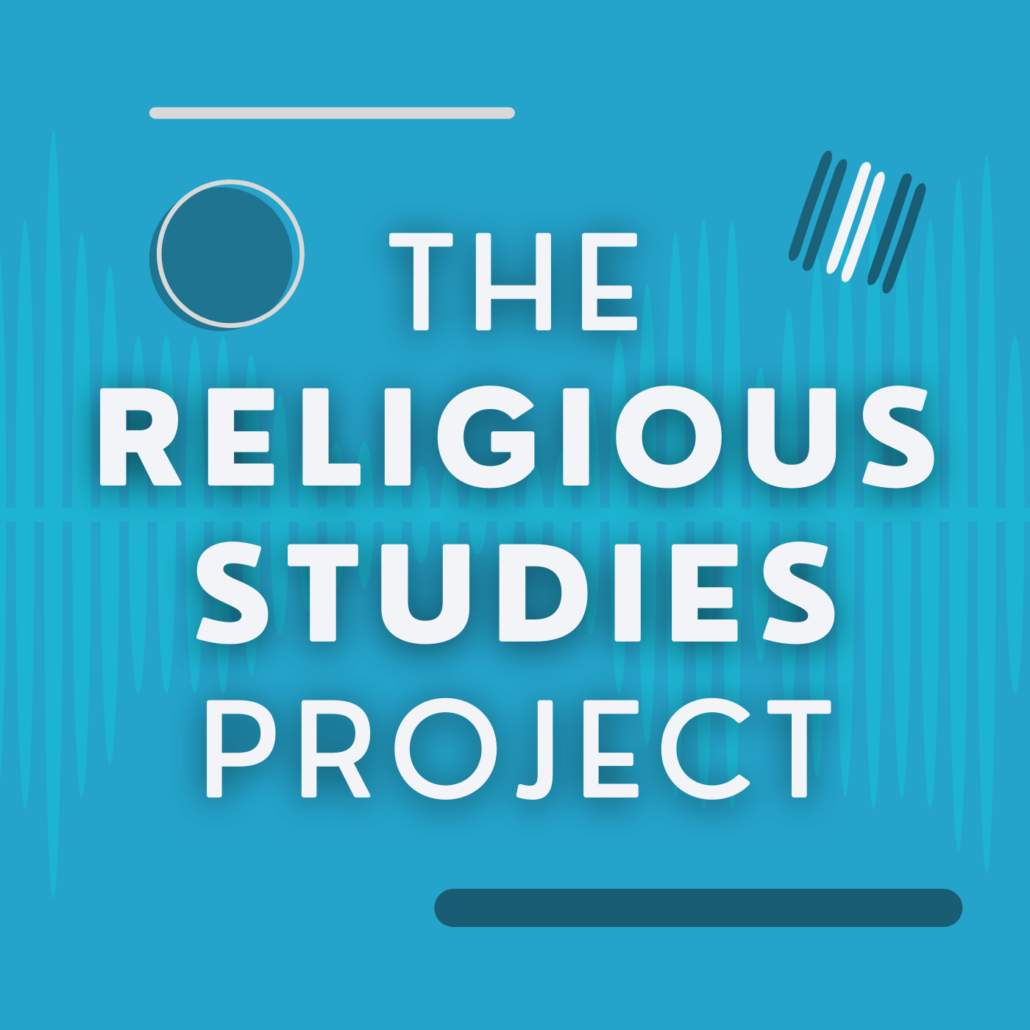It’s often remarked, in response to instances of powerful communion or emotional engagement through sound, that music is ‘a universal language.’ The phrase is pretty vague, and it’s demonstrably inaccurate in most ways you could interpret it. There’s nothing universal about music’s effects (what sounds ‘sad’ here might suggest ‘morning’ or ‘high social status’ somewhere else; I find death metal to be relaxing while driving, though I’m aware that not everyone in the car agrees). And music most definitely isn’t language. Rather, as M.J.M. Hoondert hints in his RSP podcast, part of its power lies precisely in an irresolvable tension in relation to language.
There can be few areas where music’s nonverbal power is drawn on more profoundly than when concerned with death and the (secular?) sacred, the areas with which Hoondert’s research on contemporary requiem is closely concerned. Such requiems may well involve verbal texts, such as poems, liturgical texts altered for new purposes, or stanzas of hiphop or haiku. But, as Hoondert points out, the key issue is how the music can mobilize, transform or even subvert the apparent verbal meanings. He observes that, at their best, these musical ways of stirring up words can prompt deeply felt emotions, while helping us to process, interpret or otherwise deal with those responses in consolation or catharsis.
In my own participatory research with audiences of drone metal (an extremely repetitive, extended, amplified and distorted form of heavy metal music), I’ve also been examining how musical experience and language meet (or don’t), particularly with respect to terms like mysticism, ritual and the sacred. I agree with Hoondert that ethnographic work is necessary in dealing with questions of how ritual and the sacred are imagined by people who wish to avoid the authoritarian implications they perceive to be related to ‘religion.’ In secular requiem performances and in metal audiences alike, listeners instead seek a way of understanding and practicing ritual which, as Hoondert suggests, ‘avoids the institutionalized context but refers to the way people deal with those complex questions of life and death.’
Participants in drone metal music are also involved in creating transient but extraordinary sacred spaces through musical rituals. This occurs in private practices developed to enhance the specialness of listening to vinyl records, and in attending live performances where elements described as ritualistic (smoke, incense, darkness, animal skulls and other weird paraphernalia) supplement the overwhelmingly amplified, distorted repetitive sound in creating an atmosphere which is powerful precisely because of its strangeness and opaque resistance to easy explanation. The music is often described with terms such as violence, aggression, pain and suffering, but it is these markers of extremity which allow a sense of catharsis, dark spirituality and even healing according to listeners. Drone metal, then, addresses deep issues of importance in rather different musical and conceptual registers to Hoondert’s requiem composers and audiences. But in exploring the sacred in music, each are equally concerned with profound themes whose impact for many will elude language.
In fact, most reports of drone metal are prefaced with what I call ‘ineffability disclaimers.’ Listeners first describe the music as indescribable, and then go on to offer articulate, creative, and often elaborate descriptions. And while much of my research has involved analysing and writing about these verbal evocations of mysticism, transcendence and spirituality, it’s important to remember this stated distance between what music can do to us and how we can talk about it. As Hoondert puts it, in considering what attendees might seek and find at requiem concerts:
Through the music they find some what I call ‘musical knowledge’ about the meaning of life and death, and that’s not a kind of knowledge which you can verbalize in a dogma or doctrine, but it’s a kind of consoling knowledge that you find for a moment in the music, and perhaps then it’s gone again.
Music and a powerful but ambivalent religiosity are further intertwined in the ways that mysticism has been understood in the study of religions. Freud linked the two in a 1929 letter to Romain Rolland, writing that ‘mysticism is as impenetrable to me as music’ (Freud quoted in Certeau, 1992, p. 12); William James uses the twin metaphors of musical listener and lover in order to explain the incompetence of language in communicating mystical feeling (W. James, 1982, p. 380); and Evelyn Underhill argued that in using ‘suggestive and allusive language the mystical artist often approaches the methods of music’ in order to enchant the reader/listener (Underhill, 1980, p. 408). Michel de Certeau further explores this connection (himself writing in characteristically suggestive and allusive style), drawing comparison between the reading of mystical texts, and the embodied and interpretative practice of playing music (1986, p. 83; 1992, p. 22), and describing the evocative paradoxes of mystical language as ‘musical secrets’ (1986, p. 99).
So, in claiming that music is a universal language, people might at least be indirectly suggesting something about the power of ambiguity: perhaps that music appears to be able to do things we wish that language could? It brings to mind another commonly heard aphorism, variously ascribed (ambivalently!) to Frank Zappa, Elvis Costello, Thelonious Monk and others: that writing about music is like dancing about architecture. That might be fair, but it certainly doesn’t mean it’s not worth doing. In acknowledging that strange productive tension between incommensurate modes of expression and experience, we might find ways of understanding the consoling, ritualistic, and sometimes sacred power of music.
Endnotes
Certeau, M. d. (1986) Heterologies: Discourse on the Other (trans. B. Massumi), Minneapolis, University of Minnesota Press.
Certeau, M. d. (1992b) ‘Mysticism’ (trans. M. Brammer), Diacritics, vol. 22, no. 2, pp. 11-25.
James, W. (1982 [1902]) The Varieties of Religious Experience: A Study in Human Nature, New York and London, Penguin Books.
Underhill, E. (1980) ‘The Essentials of Mysticism’, in Woods, R. (ed.) Understanding Mysticism, Garden City, Doubleday, pp. 400-15.



